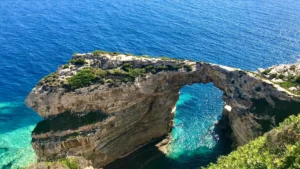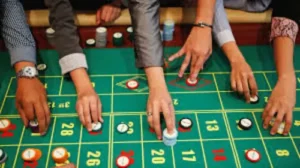A deep calm ensues as the massage progresses; you enter a dreamlike, meditative state; totally trusting even as your therapist walks all over you (literally). Your body relaxes, your joints loosen, your muscles stretch, and a sense of healing takes hold. By the end, you feel both relaxed and energized as if you have undergone a transformation. This priceless sensation can be yours for a handful of dollars in Southeast Asia, where the massages are both world class and inexpensive.
Possibly the most famous massage tradition in Southeast Asia is Thai. Known as nuat phaen boran, meaning “ancient and traditional massage”, Thai massage is based on a combination of Indian and Chinese traditions of medicine. Nuat Thai is a deep, full-body massage progressing from the feet up, and focusing on sen or energy lines throughout the body, with the aim of clearing blockages and stimulating blood flow. It combines many different techniques into a one all-encompassing system, drawing on acupressure, reflexology, and assisted yoga postures. No oil is used. The claimed benefits of Thai massage are many, including relief from ailments ranging from asthma and migraines to sprains and bruises, and even anxiety. Thai massage improves circulation, strengthens the immune system, stimulates internal organs, and relieves stress. Tourists can experience a Thai massage in two ways – by enjoying an affordable massage by one of the school’s advanced students, or by taking a course to learn the fine art of Thai massage themselves. There are several massage schools all over Thailand that offer brief training courses for tourists.
Balinese massage, from the Indonesian resort island of Bali, was inspired by the traditional medicine systems of India and China. Balinese massage techniques include acupressure, skin rolling and flicking, firm and gentle stroking, percussion, and the application of essential oils. The practitioner may also apply stone massage. The combination of manual therapy and aromatherapy is intended to relax the patient, loosen fascial restrictions, stimulate the lymphatic system, and increase the flow of blood and qi (energy).
Hilot is the ancient Filipino art of healing, commonly used today to relax stressed muscles. Manghihilots (Hilot practitioners) and arbularyos (herbalists) still play an important role in society, providing a much cheaper alternative to western medicine especially in the deep rural areas of the Philippines. Manghihilots employ chiropractic manipulation and massage for the diagnosis and treatment of back pain and other musculoskeletal ailments. They also have been known to reset dislocated and sprained joints such as the knee, ankle, fingers and metacarpal bones.
In a region where financial support for people with disabilities is rare, massage gives many of Southeast Asia’s blind people a highly valued role in society and the means to make a living. Massage schools and associations for blind people offer training, a way into employment, and a community of support for the blind. Where to get a “seeing hands” massage in Southeast Asia.







